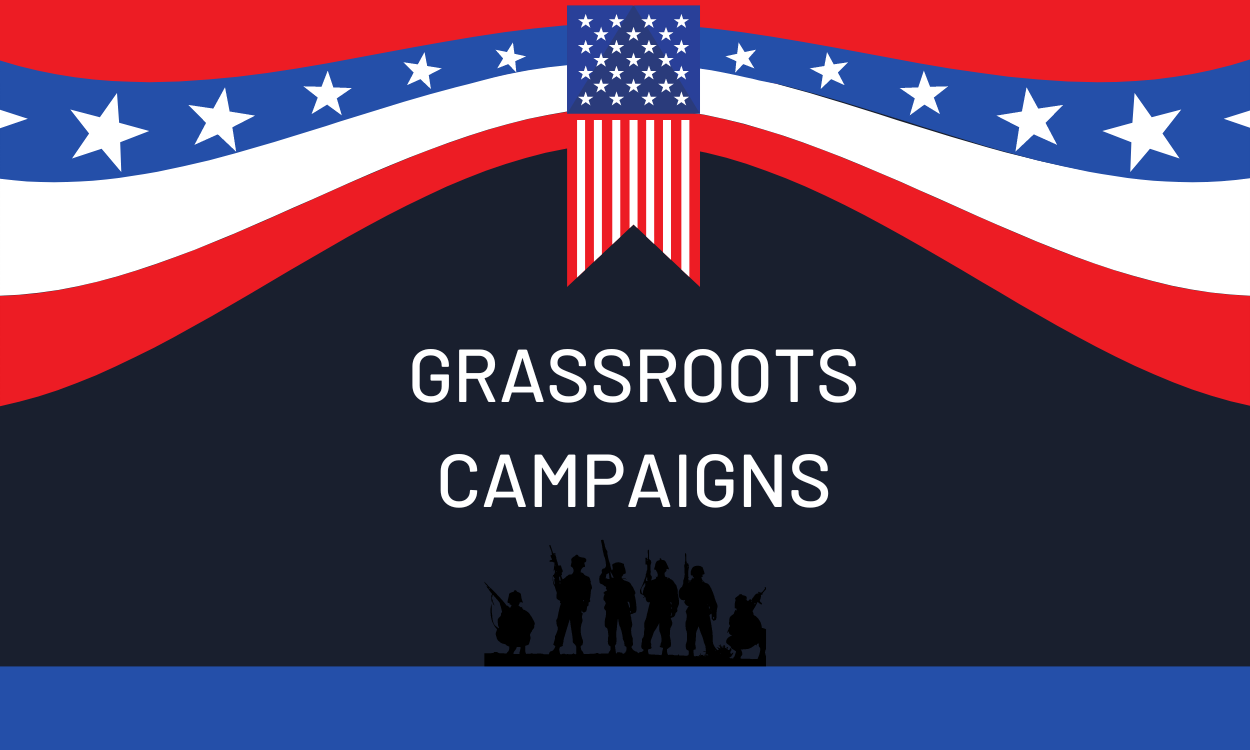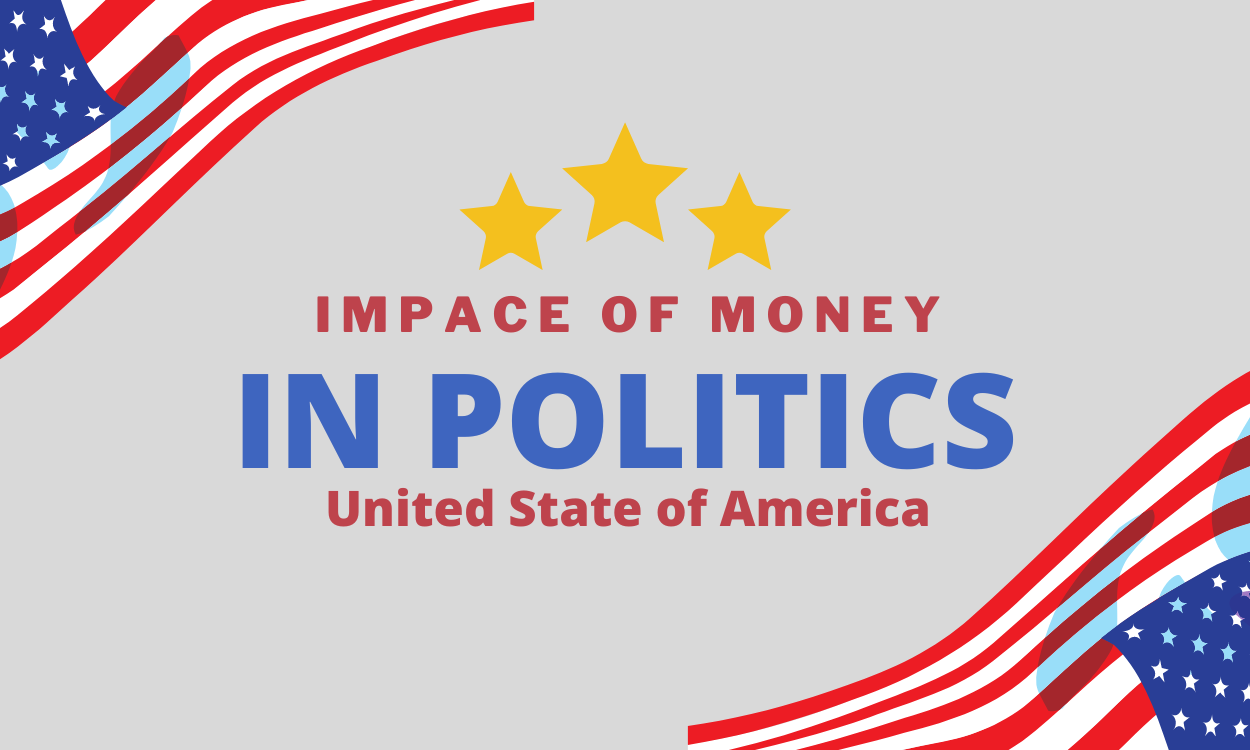In the United States, political parties play a crucial role in shaping the nation’s democracy. They serve as key vehicles for organizing and mobilizing citizens, promoting policy agendas, and influencing electoral outcomes. This blog post explores the significance of political parties in the American political landscape and their impact on the democratic process.
The History of Political Parties in the United States
The formation of the first political parties: Federalists and Anti-Federalists In the early years of the United States, political parties emerged as a result of differing views on the nature of government and the interpretation of the Constitution. The Federalist Party, led by Alexander Hamilton and John Adams, favored a strong central government, while the Anti-Federalists, including Thomas Jefferson and James Madison, advocated for states’ rights and limited federal power. These ideological differences led to the formation of the first political parties, setting the stage for future partisan divisions.
The evolution of the two-party system: Democrats and Republicans Over time, the two-party system solidified in the United States, with the Democratic Party and the Republican Party emerging as the major political forces. The Democratic Party traces its roots to Thomas Jefferson’s Democratic-Republican Party, while the Republican Party was established in the mid-19th century as an anti-slavery party. These two parties have dominated American politics ever since, with their ideologies evolving and adapting to the changing societal and political landscapes.
Third-party movements and their contributions to American politics While the two major parties dominate the political landscape, third-party movements have also played a significant role in American politics. From the Populist Party in the late 19th century to the Progressive Party led by Theodore Roosevelt, third parties have often emerged to champion specific causes or represent marginalized voices. While they rarely achieve widespread electoral success, third parties have contributed to shaping the political discourse and pushing for reforms on various issues.
The Functions of Political Parties in American Democracy
- Representation and Advocacy Political parties serve as a bridge between citizens and the government, representing their interests and concerns. They aim to articulate the needs of different segments of society and advocate for policies that align with their party’s ideology. Through their platforms and party structures, parties provide a vehicle for individuals to collectively express their political preferences and have a voice in the democratic process.
Parties also play a crucial role in mobilizing voters and encouraging civic participation. They engage in grassroots organizing, voter registration drives, and get-out-the-vote efforts to ensure that their supporters participate in elections. By mobilizing voters, parties help translate individual preferences into electoral outcomes and promote a more inclusive democratic process.
- Electoral Politics and Campaigning One of the primary functions of political parties is to compete in elections and win political offices. Parties identify and endorse candidates who align with their principles and policy positions, providing support for their campaigns. This includes providing financial resources, organizing campaign events, and offering strategic advice and messaging support.
Parties also contribute to electoral politics by facilitating issue-based campaigns and promoting their policy agendas. They engage in political advertising, debates, and public outreach to sway public opinion and garner support for their candidates. Through these efforts, parties shape the electoral landscape and influence the outcome of elections at various levels, from local to national.
- Policy Formation and Implementation Political parties are instrumental in policy formation and implementation. They develop policy agendas and platforms that reflect their ideological stances and respond to the needs of their constituents. Party platforms serve as blueprints for governance, outlining policy priorities on issues such as healthcare, the economy, education, and social justice.
When parties have control of legislative bodies, such as the majority in Congress or state legislatures, they have the power to advance their policy goals. Party leaders work to build consensus within their ranks, negotiate with opposing parties, and push for the passage of legislation aligned with their party’s agenda. The party in power also plays a significant role in shaping the executive branch’s policy decisions and the implementation of laws.
Challenges Faced by Political Parties in the Modern Era
Polarization and Partisan Divides In recent years, the United States has experienced increasing polarization and deepening partisan divides. Political parties have become more ideologically cohesive, and there is less overlap between their policy positions. This polarization can hinder cooperation and compromise, making it challenging to address pressing issues that require bipartisan solutions.
Declining party membership and increasing political independence Another challenge facing political parties is the declining party membership and the rise of political independence. Many individuals identify as independent or unaffiliated with any party, making it difficult for parties to maintain a solid base of active members. This trend challenges parties’ ability to mobilize voters and generate support for their candidates and policy platforms.
The impact of money in politics and special interest groups The influence of money in politics poses a significant challenge to the democratic process. Wealthy individuals, corporations, and special interest groups have the financial resources to contribute to campaigns and exert influence on policy decisions. This raises concerns about the fairness of the political system and the extent to which the voices of ordinary citizens are heard.
The Future of Political Parties in America
- Adaptation to Changing Demographics Political parties must adapt to changing demographics to remain relevant and effectively represent the diverse interests of the population. The United States is becoming increasingly diverse, both ethnically and culturally, and parties need to ensure that their platforms and policies resonate with a wide range of constituents. This includes addressing issues such as racial equity, immigration, and social justice, which are important to diverse communities.
Strategies for reaching out to underrepresented communities include targeted outreach efforts, recruitment of diverse candidates, and engaging community leaders and organizations. By actively addressing the needs and concerns of different demographic groups, parties can broaden their appeal and strengthen democratic representation.
- Harnessing Technology for Political Engagement Technology has revolutionized communication and political engagement. Political parties must leverage digital platforms, social media, and data analytics to connect with voters, disseminate information, and mobilize support. Through targeted advertising, online organizing tools, and data-driven campaign strategies, parties can reach a broader audience and engage citizens in the political process.
Additionally, parties can utilize technology to enhance transparency and accountability. By providing accessible and comprehensive information about campaign financing, policy positions, and candidate backgrounds, parties can build trust and empower voters to make informed decisions.
Conclusion
Political parties have played a central role in shaping American democracy, from representing citizens’ interests to promoting policy agendas. While they face challenges in an era of polarization and evolving demographics, parties must adapt and innovate to remain relevant and responsive to the needs of a diverse electorate. By fulfilling their functions of representation, electoral politics, and policy formation, parties contribute to the strength and vitality of the democratic process in the United States.


